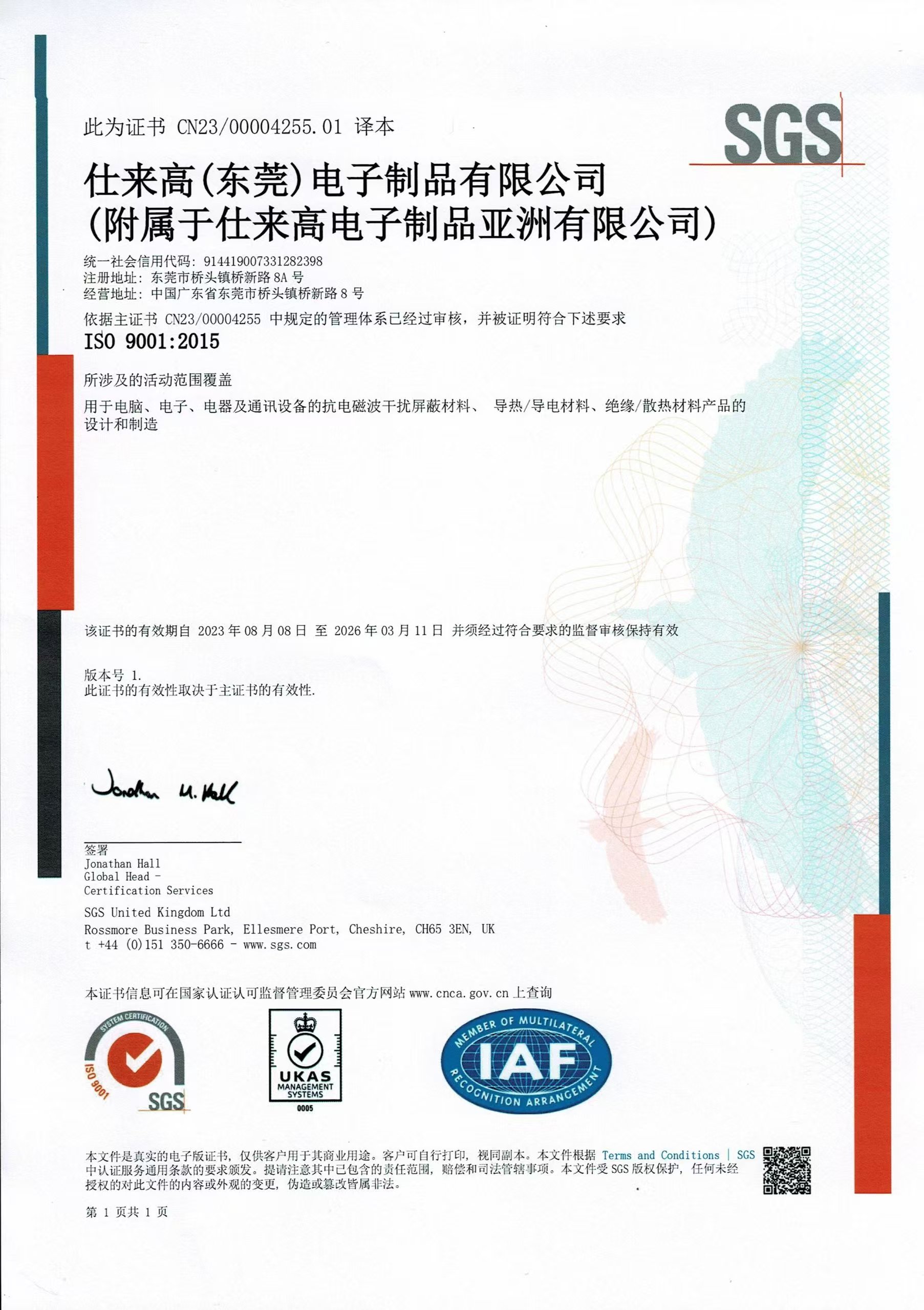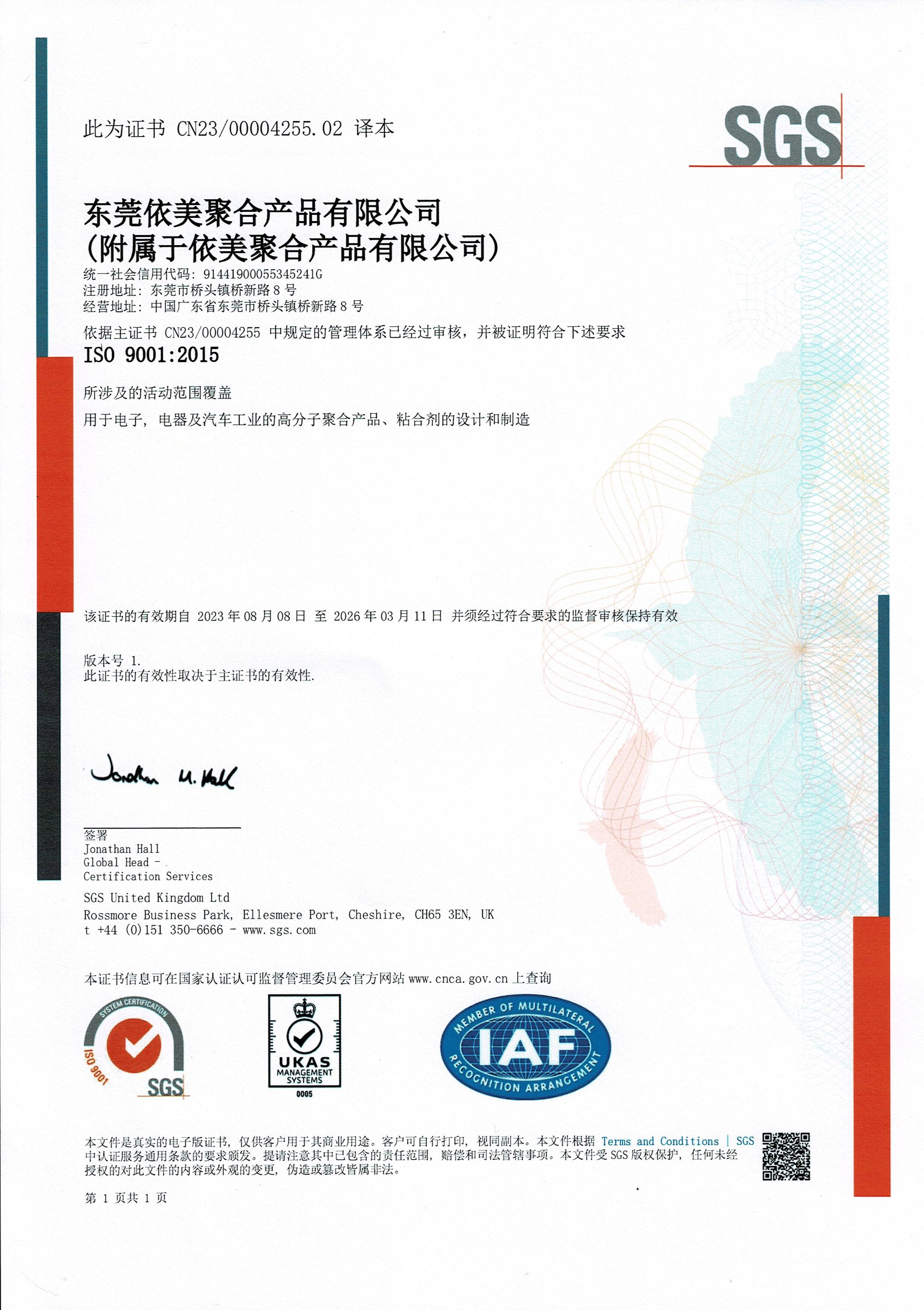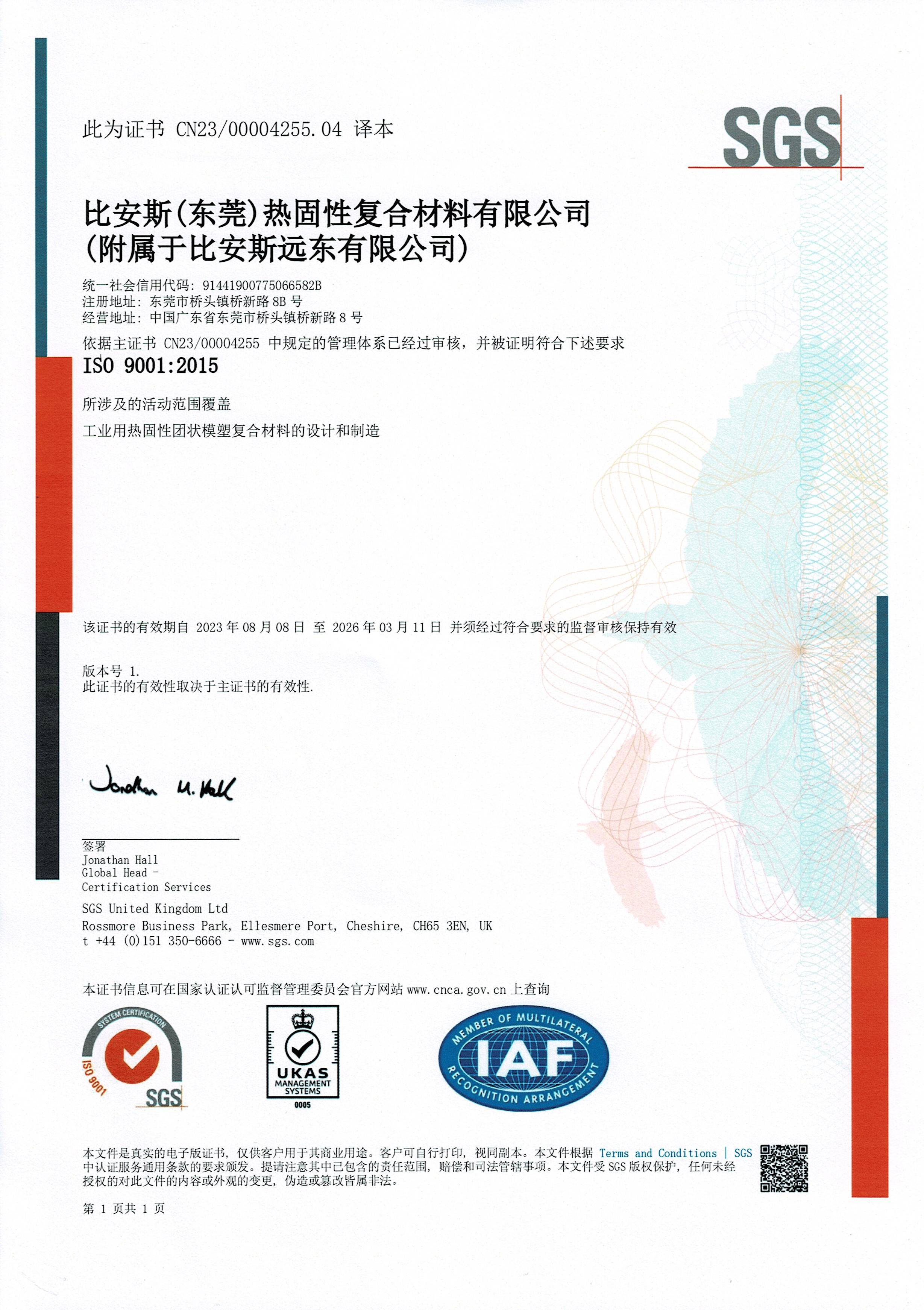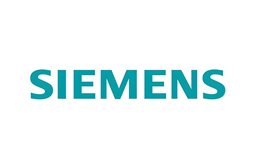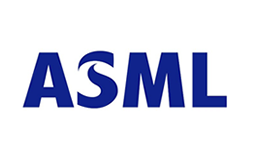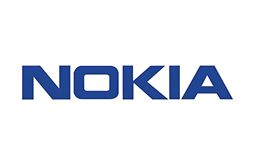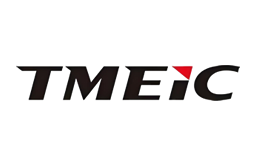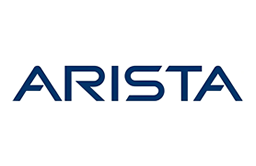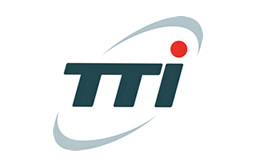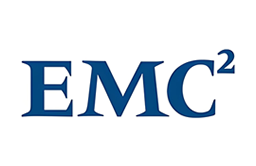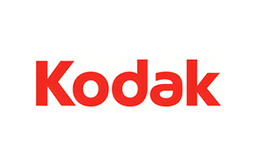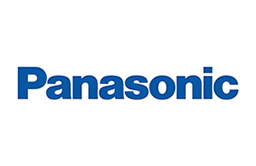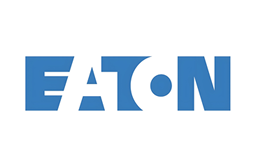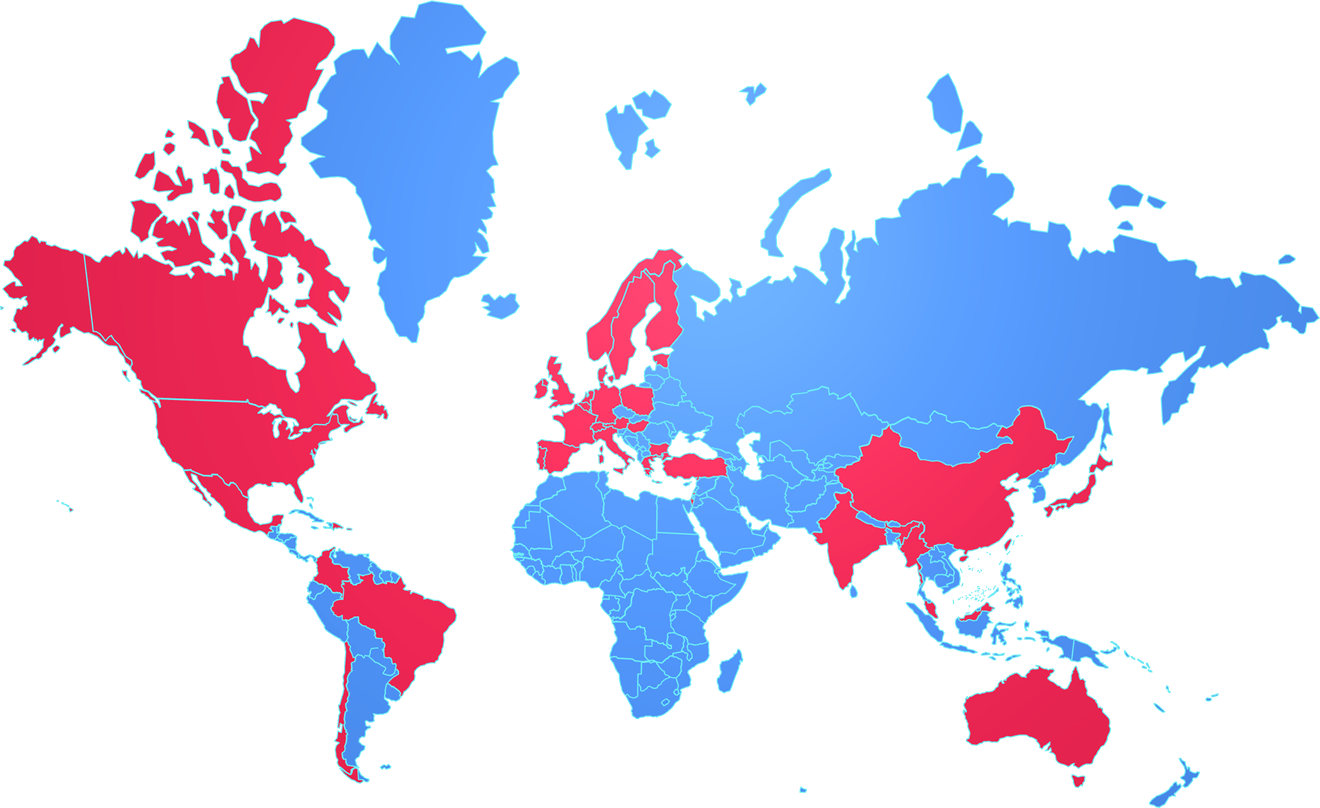Phone:+ 86-769-83341628
Fax:+ 86-769-83342028
Email: emeidg@emeigroup.com
Website: http://www.emeigroup.com.cn/


Telecom
In the telecommunications market, electromagnetic shielding and thermal conductive materials both play crucial roles.
The application of electromagnetic shielding materials and thermal materials is mainly reflected in the following aspects:
Protecting communication equipment: Telecommunications equipment generates electromagnetic waves during operation, which, if not properly handled, may cause interference to surrounding devices or the environment. Electromagnetic shielding materials can effectively absorb, reflect, or guide these electromagnetic waves, thereby protecting communication equipment from external electromagnetic interference and ensuring the stability and reliability of communication.
Improving communication quality: In the field of wireless communication, electromagnetic shielding materials are also used to reduce mutual interference between signals and improve communication quality. For example, in base station construction, the use of electromagnetic shielding materials can reduce the mutual coupling effect between antennas and improve the efficiency and accuracy of signal transmission.
Ensuring personnel safety: Electromagnetic radiation may have certain impacts on human health. In the design and production process of telecommunications equipment, the use of electromagnetic shielding materials can reduce the level of electromagnetic radiation generated by the equipment, ensuring the health and safety of workers and surrounding residents
Thermal management: Telecommunications equipment generates a large amount of heat during operation. If it cannot be dissipated in a timely manner, it may lead to a decrease in equipment performance or even damage. Thermal conductive materials have excellent thermal conductivity, which can quickly transfer the heat generated inside the device to heat dissipation components such as heat sinks or radiators, thereby achieving effective heat dissipation management.
Improving equipment stability: Through reasonable heat dissipation design, the failure rate of telecommunications equipment due to overheating can be reduced, and the stability and reliability of the equipment can be improved. This is of great significance for ensuring the continuous operation of communication networks.
Energy saving and consumption reducing: The application of thermal conductive materials can also help reduce the energy consumption of telecommunications equipment. By improving heat dissipation efficiency, the increased energy consumption caused by overheating of equipment can be reduced, achieving the goal of energy conservation and consumption reduction.
In summary, electromagnetic shielding and thermal conductive materials have broad application prospects and important application value in the telecommunications market. With the continuous development of communication technology and the continuous expansion of the telecommunications market, the demand for these two materials will also continue to grow.




